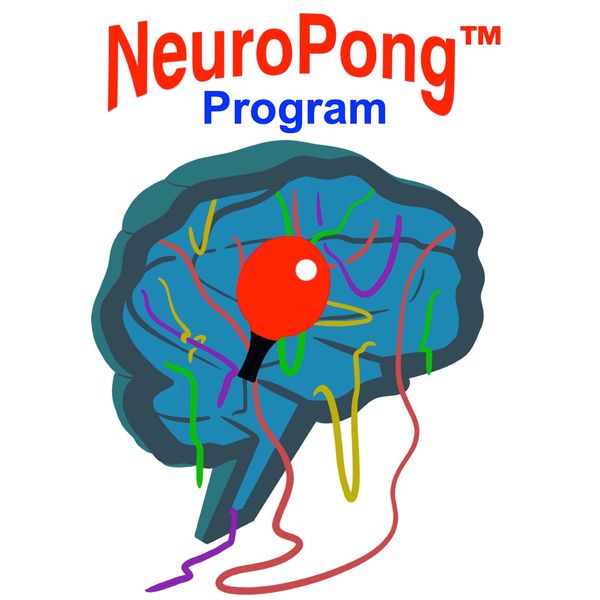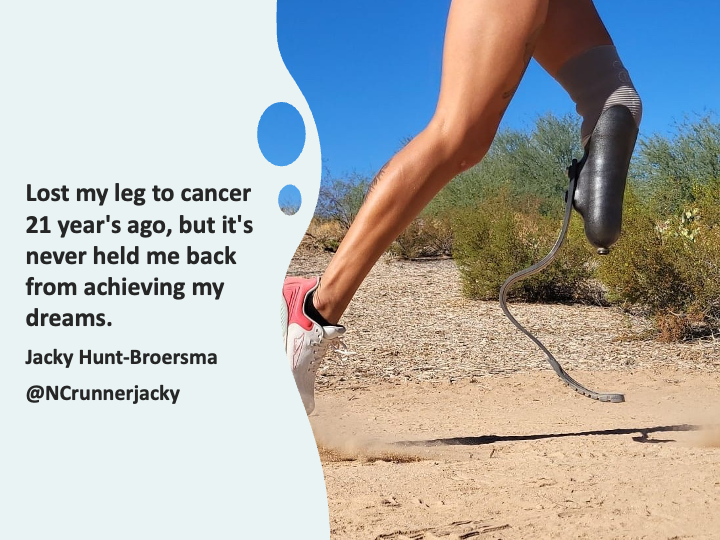“Living to be or living to have are two existential modes based on opposing ideas. Living to be is what Sinner, Bagnaia, and their companions have demonstrated, striving to be the best version of themselves to achieve their ultimate goals. Living to have is the hallmark of those who seek possession, whether it be things or people, and when this deep-seated need isn’t fulfilled, it transforms frustration into destructive anger towards loved ones, as the murderer of Giulia Cecchettin did. As her sister Elena wrote, he ‘was not educated about consent, respect, and freedom of choice.’
To Have or to Be is the title of a book by Erich Fromm published in 1976, which described, with these two words, two opposing ways of living. The approach to everyday life based on ‘having’ characterizes those who have a possessive relationship with their world, aiming to seize things and people. Their motto is summarized in the phrase: ‘I am what I possess.’ The existential mode of those who live according to the ‘being’ approach stands in opposition, defining themselves by their actions, encapsulated in the phrase: ‘I am what I do.’ Following this mode, daily experience is never the same, and the present contains the past and anticipates the future.
In these days, the enthusiasm these young champions have stirred around their achievements and the consequent massive public exposure they’ve received are examples of the strong need for identification that everyone, adults and youth alike, harbors towards young, positive figures who convey spontaneity through their actions, despite performing at an exceptional level. The country needs examples to look up to, especially because these young champions are not alone; alongside them are many others, men and women, who work or study, equally talented, living with an existential mode centered on ‘being,’ yet they lack the visibility of our young champions. These winning youngsters shed light on these lifestyles centered on self-realization and a sense of belonging. The message is clear: even if you’re a talent, you can’t win alone. As Michael Jordan said, ‘One man can be a crucial ingredient on a team, but one man cannot make a team.’
Sinner and Bagnaia don’t feel alone; they’re aware they’ve grown thanks to the team—that’s how champions flourish. Emanuela Audisio rightly says that while discussing ‘immature, violent, ill-equipped Italian kids, not accustomed to defeats, frustrations, lacking respect,’ perhaps attention should also be given to this aspect of sports. Let’s talk about how these youngsters have grown, who their mentors have been, how they’ve learned from mistakes, and how they’ve developed a team mentality even in individual sports. Let’s discuss and get to know all those other young individuals, and there are many, boys and girls, whose stories don’t make it to the media, who aren’t famous but pursue personal goals of self-realization that are important to them. Let’s give them a voice too. Otherwise, a narrative of this youth as insecure, spoiled, and enslaved by social media will continue to spread.”






